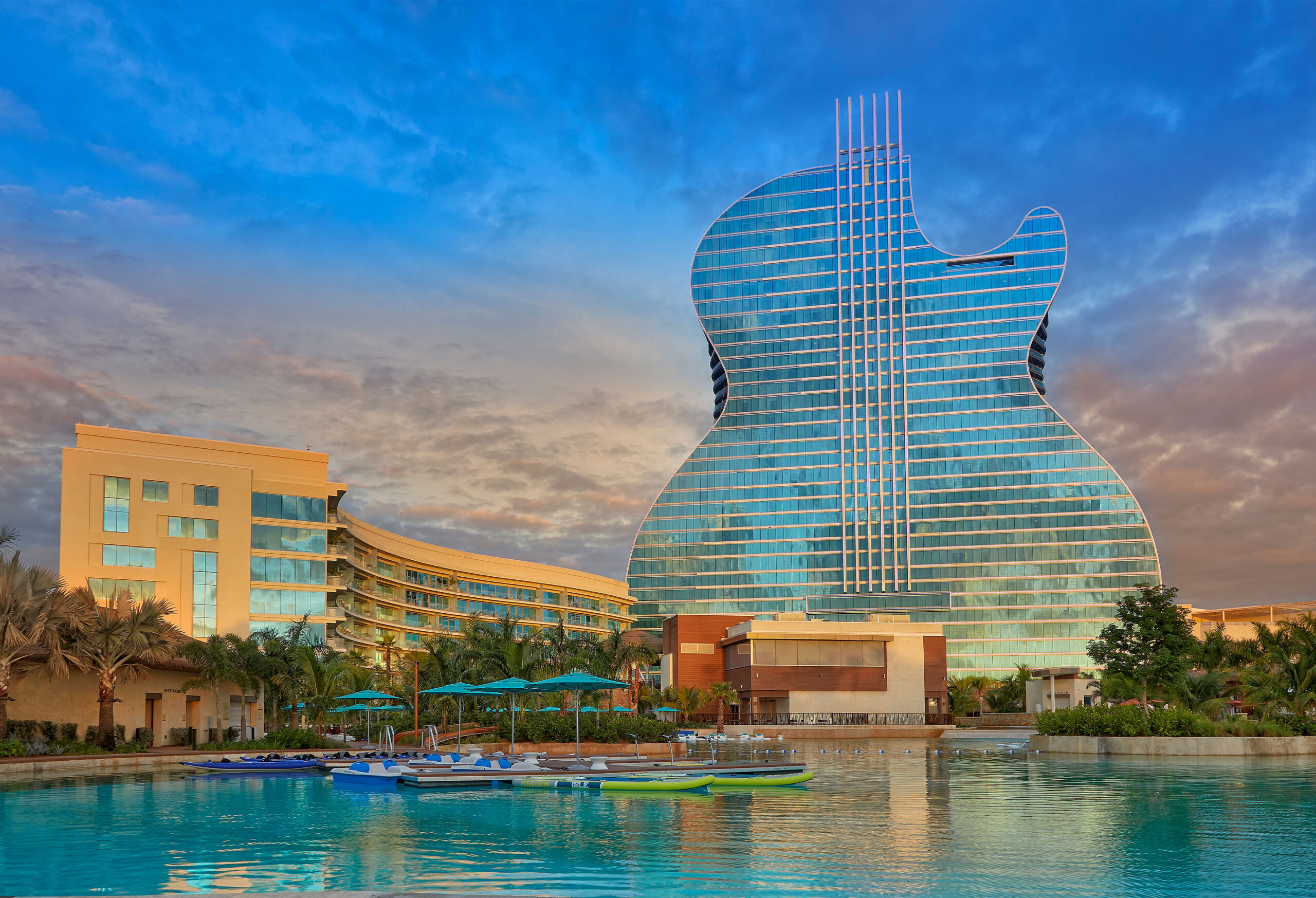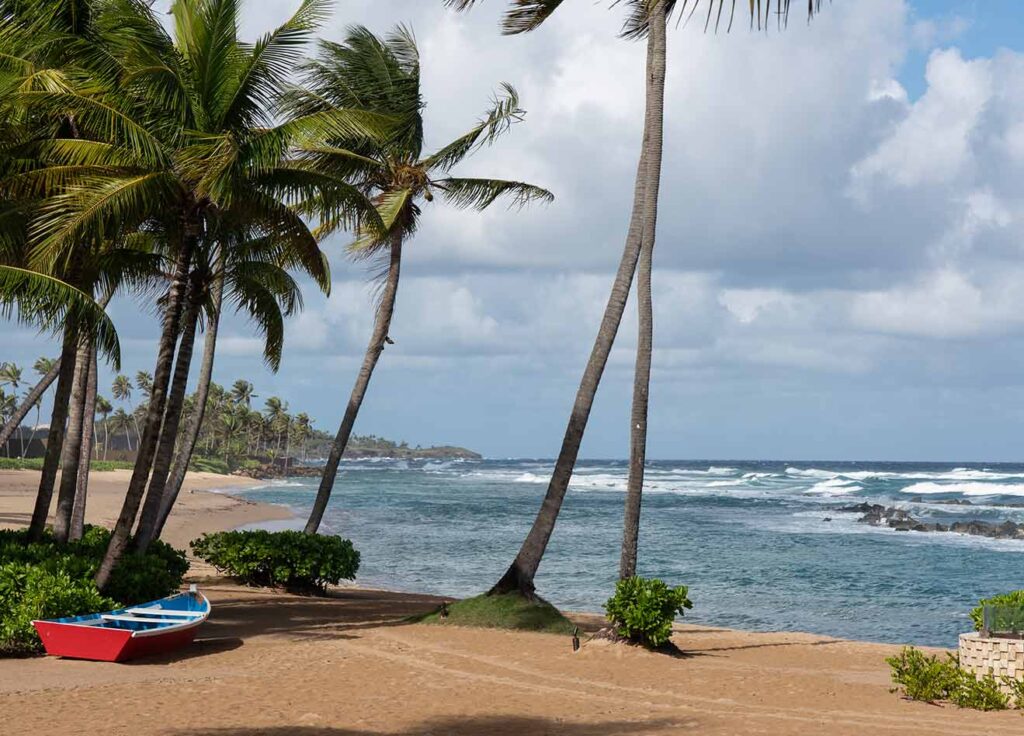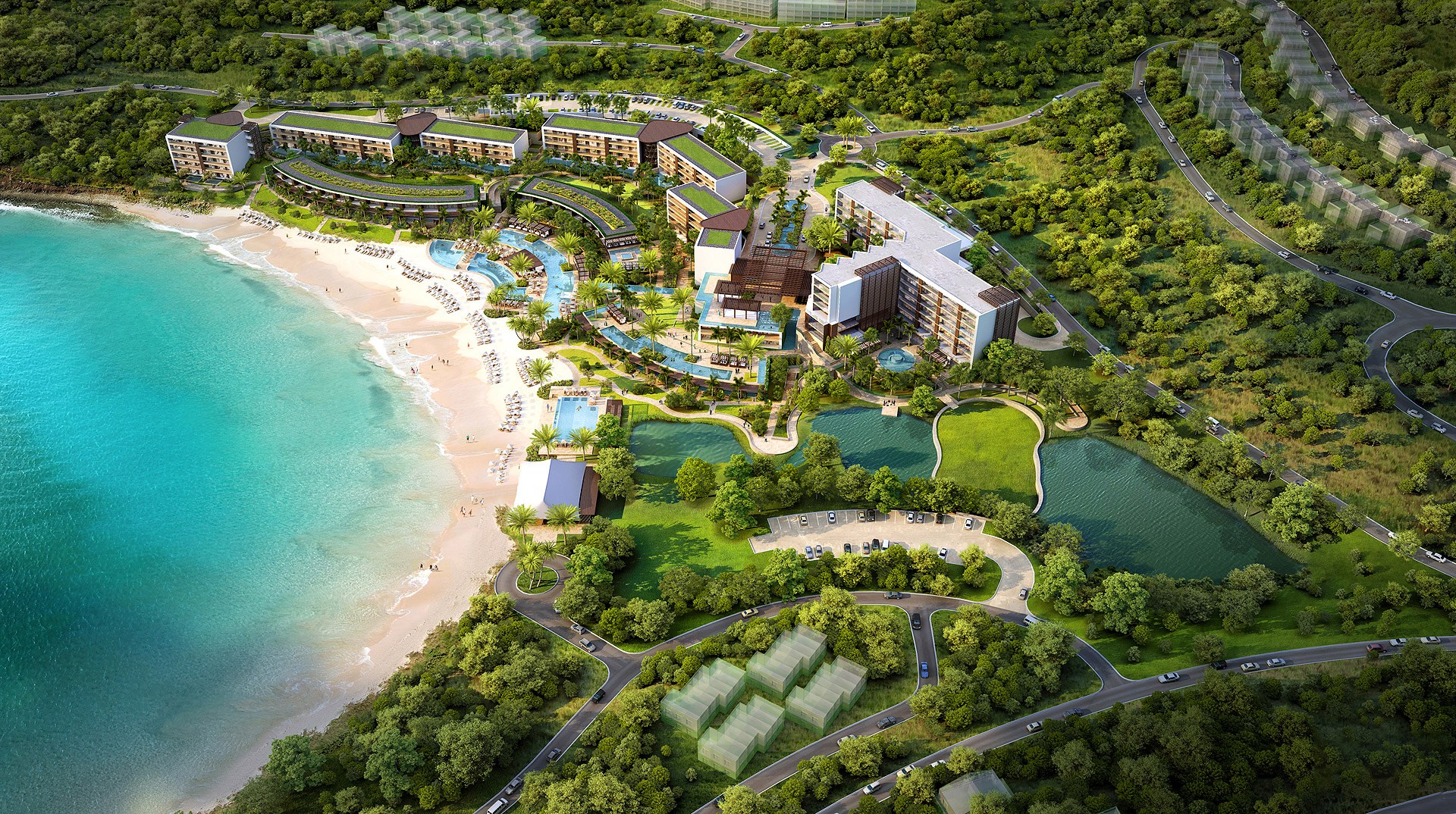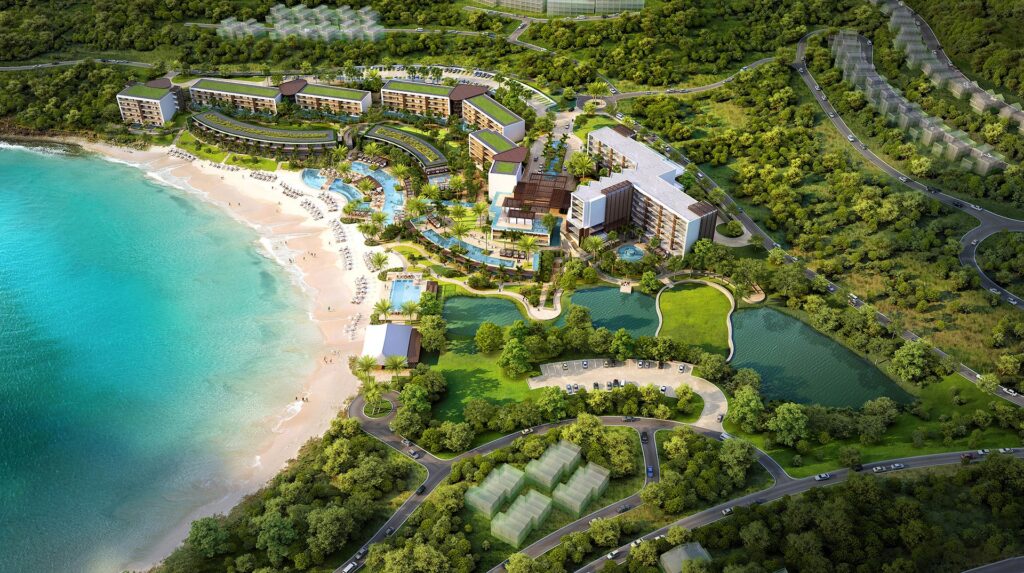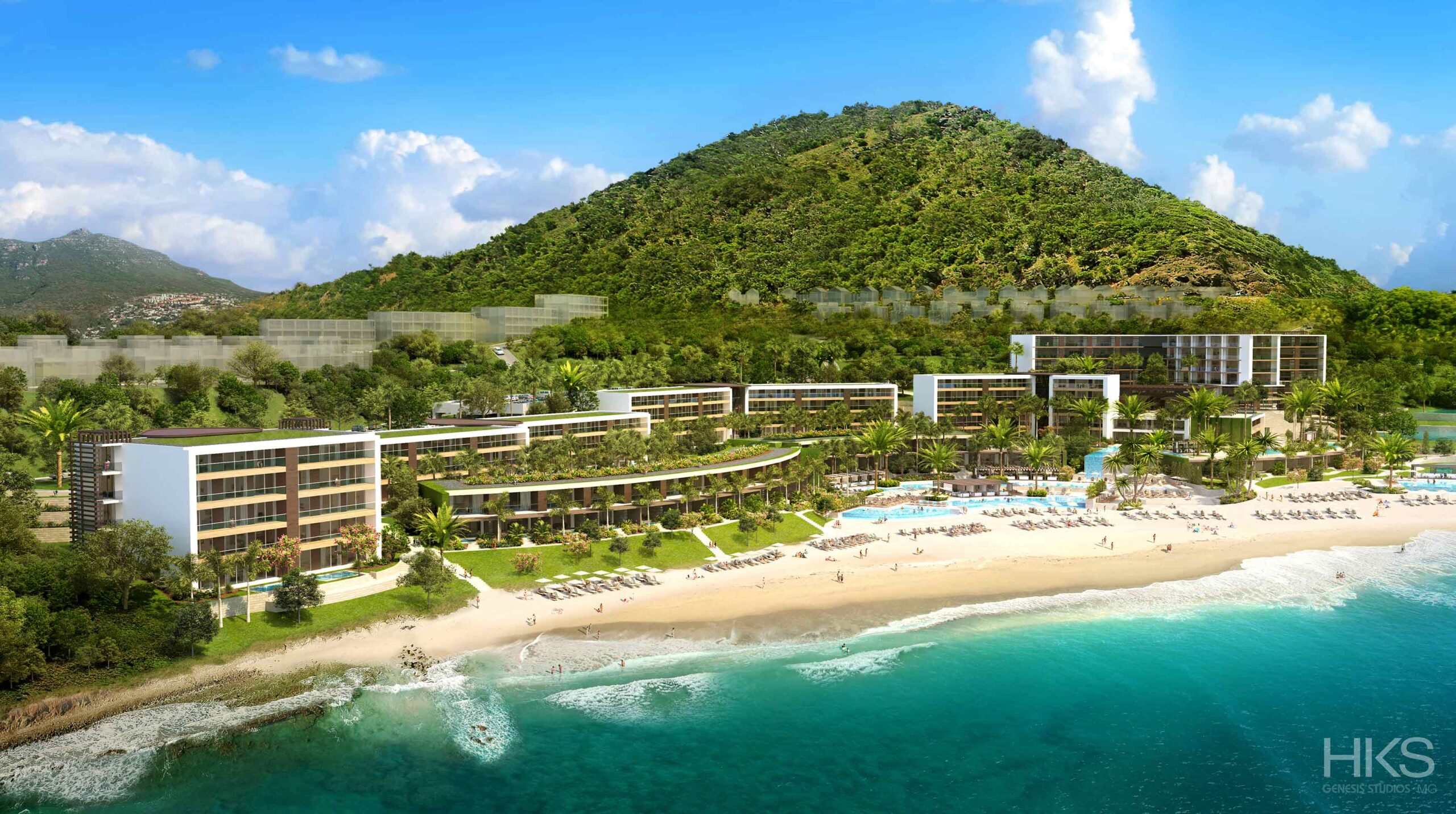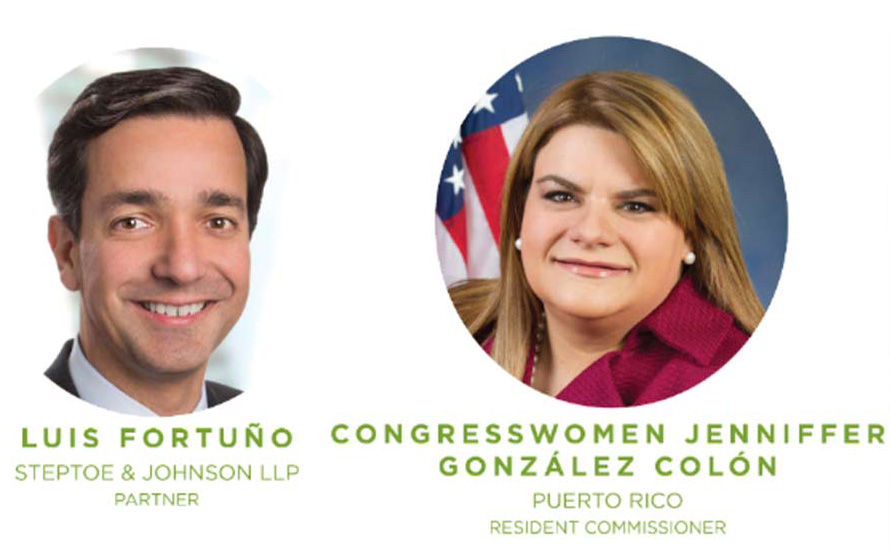CLIMATE RISK AND REAL ESTATE
Excerpts from the 2020 ULI | Heitman Report.
ULI partnered with Heitman, a global real estate investment management firm, to assess the potential impacts of climate change on the long-term viability of real estate assets. Derived from a series of interviews with leading institutional investors, investment managers, investment consultants and others, the report provides members with an inside look at how real estate investors are factoring climate risk into their investment decision-making and management processes.
See full report at : https://knowledge.uli.org/en/Reports/Research%20Reports/2020/-/media/b81db4bbc77845f7834f24b0e974dd7a.ashx
ULI publishes this updated report amid a global pandemic and economic uncertainty. For many, it may feel as if the priority of addressing climate change is dissipating as we face the immediate challenge of COVID-19. Although it is still too early to draw conclusions about the long-term implications of COVID-19 for our cities and the real estate industry, such a wide-scale humanitarian crisis throws the connections between environmental, social, and governance (ESG) issues and our economies into sharper focus.
However, just as the coronavirus has exposed many weaknesses, it has also shown us that we have the ability to adapt and change our behaviors quickly and radically.
Globally, most major economic hubs are in coastal, river delta, or other high-risk areas. These locations present many advantages, relating to connectivity, trade, quality of life and placemaking. These cities house more than half the global population, with much higher percentages of residents in some regions. About 80 percent of U.S. residents live in cities, for example, 39 percent of the European Union population lives in metro areas with 1 million or more inhabitants.
In 2020 (as of October 7), there have been 16 weather/climate disaster events with losses exceeding $1 billion each to affect the United States. These events included 1 drought event, 11 severe storm events, 3 tropical cyclone events, and 1 wildfire event. Overall, these events resulted in the deaths of 188 people and had significant economic effects on the areas impacted. The 1980–2019 annual average is 6.6 events (CPI-adjusted); the annual average for the most recent 5 years (2015–2019) is 13.8 events (CPI-adjusted).
Many of the most economically powerful coastal cities face significant climate risk. However, these cities offer some of the most attractive investment environments, meaning that the risk is worth the return. “We have a dilemma that some of the most attractive markets are also markets that are affected more by weather-related risks,” noted one real estate investment manager. However, a few investors indicated that they are beginning to suspend acquisitions or take steps to reduce their real estate footprint in city markets where they harbor climate-risk concerns. The phases after a big disaster, according to one interviewee, were to see the market buoyed up by subsidies and insurance, followed by rebuilding and speculative demand. This short-term “sugar high” of disaster support, insurance claims, and opportunistic investment likely masks underlying negative and fiscal impacts that could be exacerbated by future climate-related events (or other shocks).
The research found a number of misleading correlations, such as flooding having a positive impact on cash solvency and fiscal health, and hurricanes increasing budget solvency. However, the current model of contingencies will not be sustainable with the expected increase in the frequency and intensity of climate change impacts, as well as slow-moving stresses such as sea-level rise, which further exaggerate the effect of peak events. In other words, a weather-related event has not yet adequately “shocked” the system of contingencies as to break it. However, the COVID-19 crisis may prove to be the ultimate shock to the system that breaks it. What happens when that “extreme event” is no longer a geographically or temporally discrete event?
“There are three big mechanisms through which costs are likely to increase going forward: one is insurance, [and] the second area is . . . tax rates and the third is cost of financing as banks start to cost the added risk.
BlackRock, the world’s largest asset manager, made headlines in January 2020 when Larry Fink, the firm’s CEO, stated in his annual letter on corporate governance that “climate change has become a defining factor in companies’ long-term prospects,” and “we are on the edge of a fundamental reshaping of finance.” The BlackRock announcement signified an increasing industry prioritization of climate change mitigation, or efforts to prevent or reduce greenhouse gas emissions.
Most interviewees also expressed overall uncertainty about future insurance prices and the likely market impacts of shifting insurance policy. In an extreme scenario, some investors envisioned a future in which properties could not qualify for insurance at all and therefore became ineligible for loans. The annual insurance pricing structure can underpredict risk for longer hold periods, as well as for the underpinning infrastructure. The approach also assumes the long-term availability of underwriting capabilities, in terms of the affordability and availability of products. If sites are unable to obtain insurance, they will not be eligible for loans, leading to major potential valuation consequences.
Long-term focus: In lay terms, catastrophe models simulate “thousands of versions of next year,” not “thousands of successive years.”
All agreed that valuation is currently lagging behind recognition of climate risk and anticipate this changing in the near future. Valuation does not incorporate climate risks because it is “backward-looking”. Models typically do not allow a user to modify future climate conditions, and there are no established best practices to apply insights from climate science to catastrophic hazard risk modeling. Valuation has become more urgent for investors considering longer time horizons. Some investors have also informally discussed properties having “expiration dates” after which they may no longer be safe or suitable for residential or business use without extensive investment in surrounding infrastructure.
Anticipating steep declines in building value because of climate impacts runs counter to how buildings are currently valued. In the current model, value is derived from the residual value of the land and structure, plus discounted cash flows over time that drive net present value and cap rates. However, if dramatic changes lead the value of the structure and land to approach zero, cap rates would change significantly, with a steep decrease in value after purchase, and would need to be offset with increased cash flow and profitability to maintain net present value.
Several discussed efforts to design risk mitigation strategies for vulnerable assets and price these costs into deals. Some also spoke about resilient design as presenting opportunities to differentiate assets and enhance value. For example, one interviewee said they were exploring opportunities to create a “resilience zone” for entire neighborhoods.
Parametric insurance, where insurance payouts are linked to when predefined event parameters such as extreme weather events are met or exceeded, is an emerging option. Industry leaders note that parametric insurance may become more widespread, but it is not an appropriate solution for all scenarios. The Caribbean Catastrophe Risk Insurance Facility (CCRIF) is one example of a regional fund. #heitman
AG&T is committed to being part of the climate solution. AG&T joined over a thousand leaders from local governments, businesses, universities, and other institutions across the country as part of the “America Is All In” joint statement. To learn more click here.

